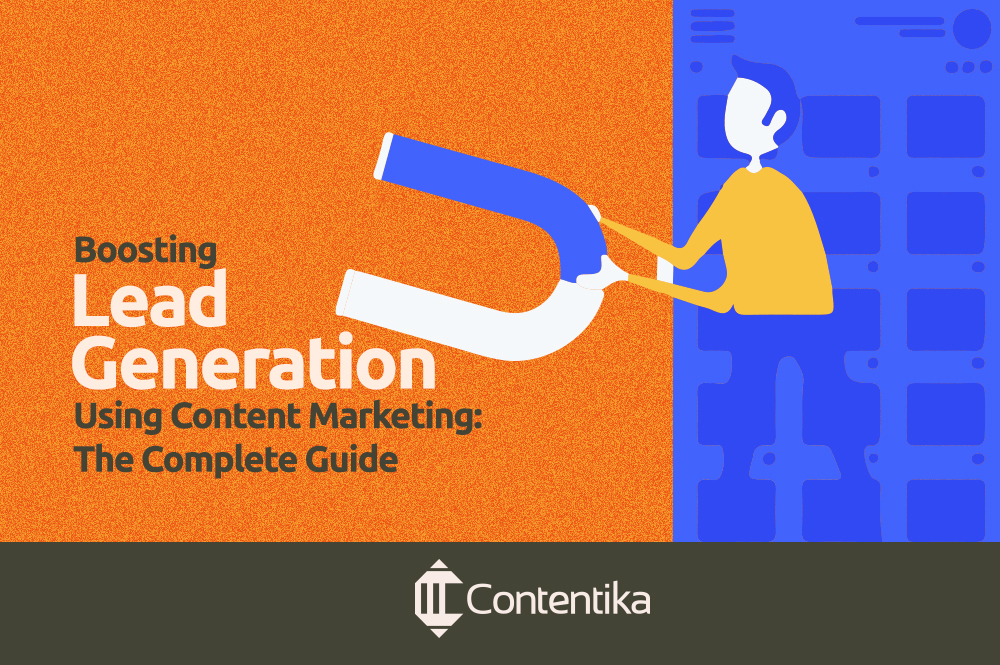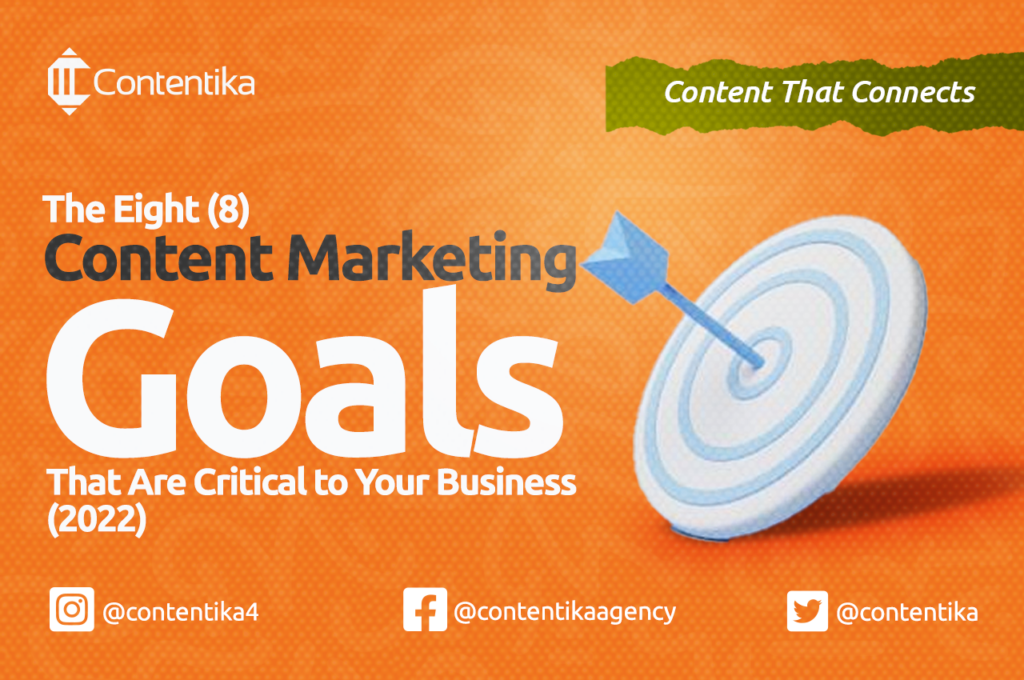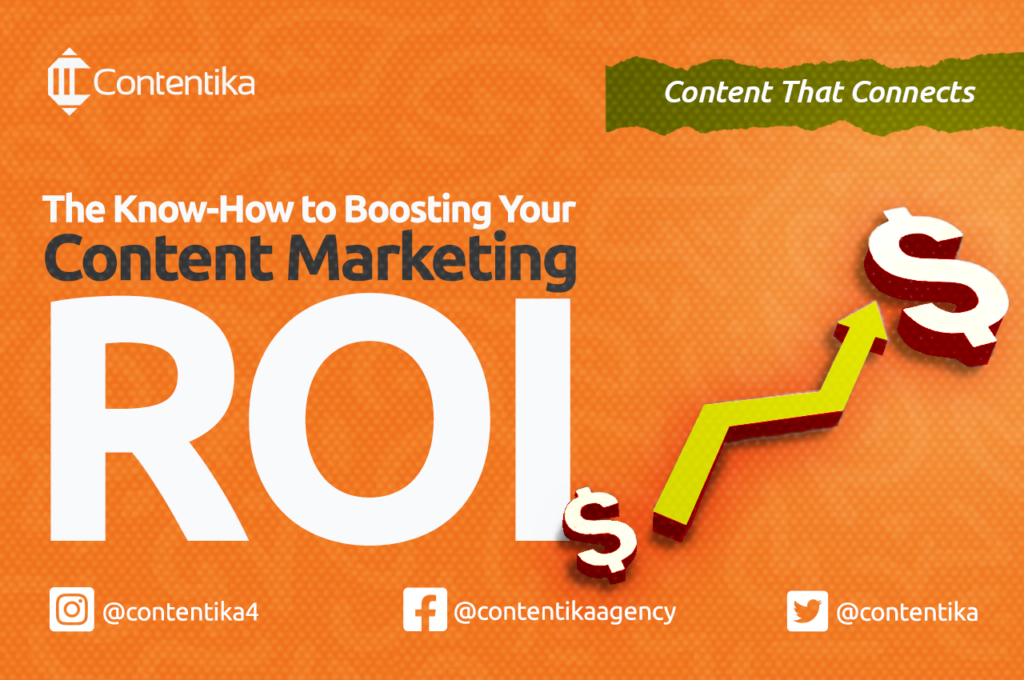11 Content Marketing Analytic Tools You Need to Use Today

Discover the best marketing analytics tools for your website. Learn how to measure your marketing efforts, track performance and get valuable insight from marketing data.
109 Hard-hitting Content Marketing Statistics Every Marketer Needs to Know
Want to drive more traffic to your website? Or boost your revenue with content marketing? Click here to see our roundup of the latest content marketing statistics.
What You Need to Know About Brand Content Marketing

You’ve heard of “branded content marketing,” but do you understand it? Branded content marketing helps companies create engaging articles, videos, and more. Here’s all you need to know.
20 Surprising Benefits of Content Marketing: How It Can Transform Your Business

Content marketing can increase traffic, leads, and customers. In this article, You’ll learn about the benefits of content marketing and how it can help your business.
20 Must-Read Marketing Books for Every Aspiring Marketer

Looking for some guidance on your marketing career? Check out our list of the best marketing books for marketers looking to up their game.
Boosting Lead Generation Using Content Marketing: The Complete Guide

Today, about 94% of B2B small businesses make use of content marketing in their digital marketing efforts. Despite its widespread adoption, many businesses struggle to effectively use content marketing for lead generation and maintaining profitability. The US Bureau of Labour Statistics estimates that despite having a content marketing strategy, approximately 20% of these small businesses […]
Strategies for Making the Most Out of Your Content Distribution Matrix

As a marketer, you understand that in order to maximize your reach and boost customer engagement, you need a content distribution matrix. But most times, your sweats don’t just measure up to the results you ultimately see. It feels like the content is just floating around in space with no real direction or purpose. “What’s […]
The 8 Content Marketing Goals That Are Critical to Your Business

If you’re running a business, having a content marketing strategy is key to success. Why? Because it helps ensure your content is working towards your overall business goals. Plus, today’s customers are bombarded with choices, and if you want them to pick your product or service, you need to have great content that cuts through […]
The Know-How to Boosting Your Content Marketing ROI

You’ve probably heard it said that “content is king” when it comes to online marketing. That’s because high-quality, well-written, informative content can help attract and engage potential customers, build trust and credibility, and drive conversions. But what’s often missing from the equation is a discussion of content marketing ROI – or how to measure the […]
An Ultimate Guide to Successful Inbound Marketing

Digital marketing can be overwhelming, with a constant stream of new tactics and technologies to keep up with. But at the end of the day, all inbound marketing comes down to making good content and connecting with your audience in a tangible way. Customers don’t want to be bombarded with sales messages – they want […]


